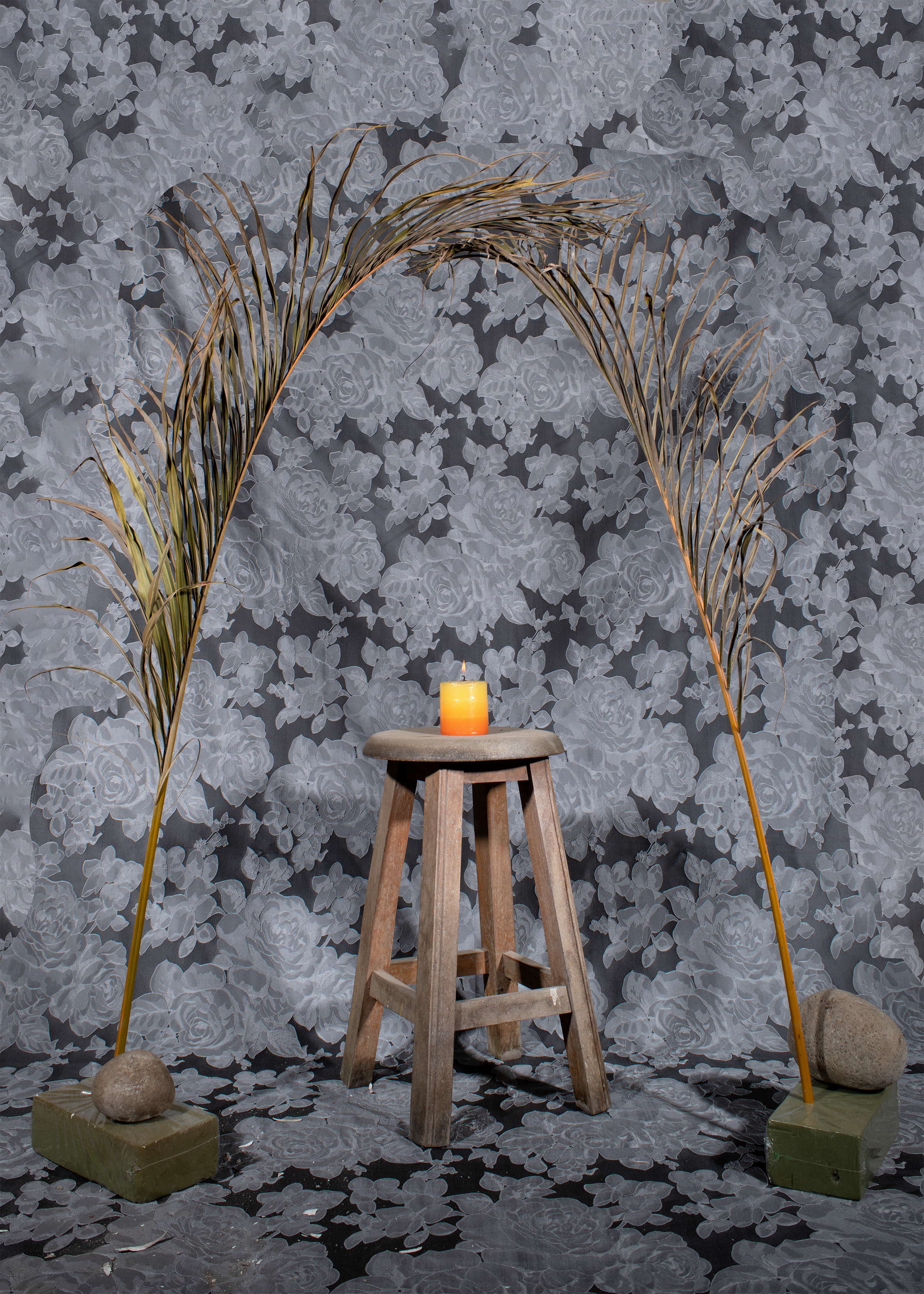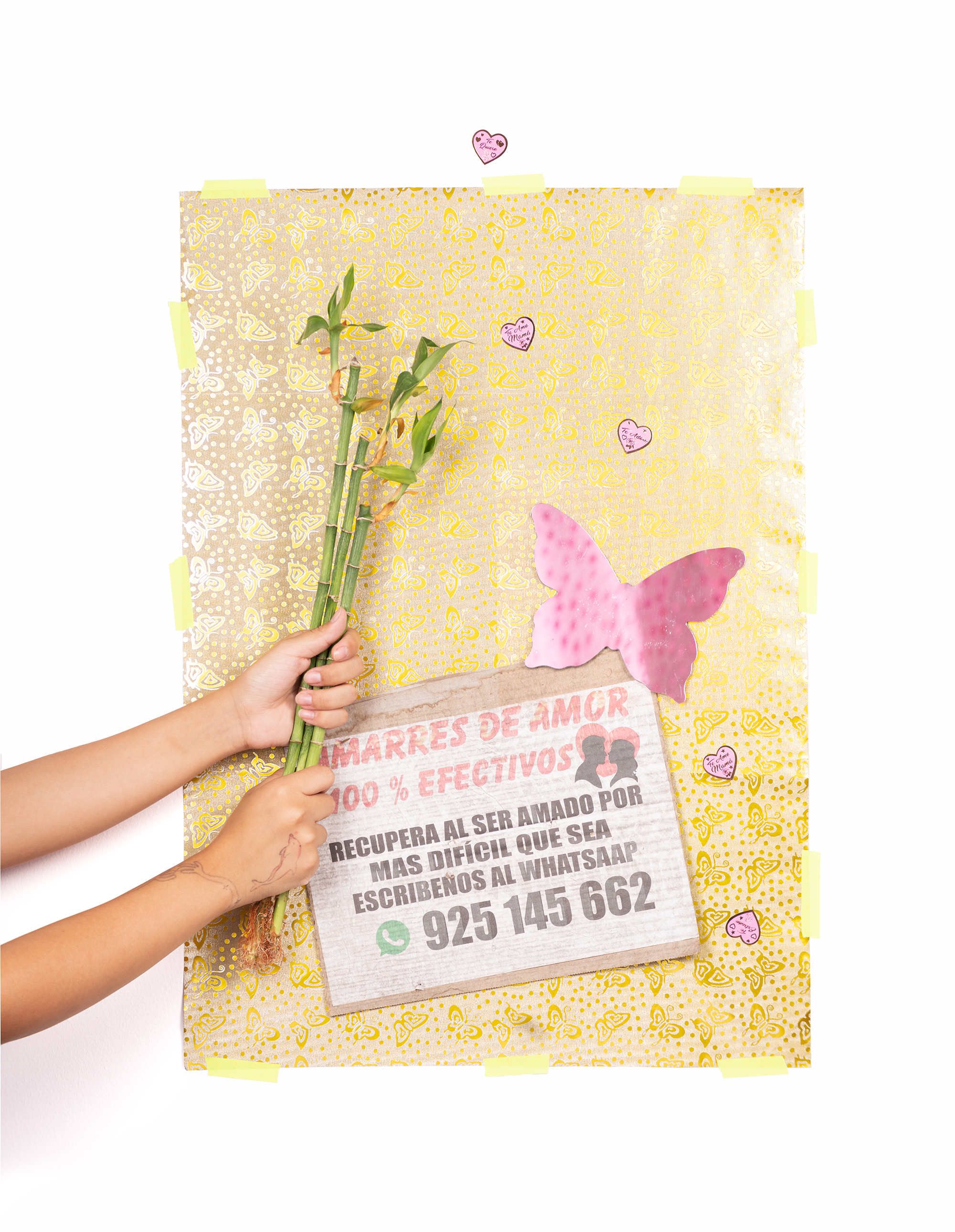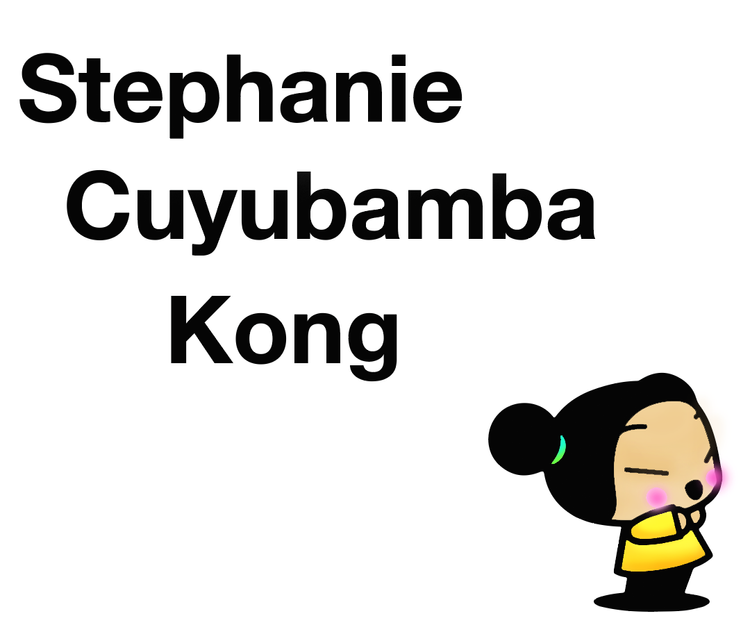Hoy Voy A Verte De Nuevo, or HVAVDN (2022-ongoing)
(made possible by a 2022-2023 Peru Fulbright S/R: Arts grant, thank you to the support of the Comisión Fulbright and Pontifical Catholic University of Peru). HVAVDN was shown in Lima for the first time as part of “Obrar la memoria: narraciones alternativas desde la fotografía expandida” in company of works by Hernán Hernández Kcomt, Mafer Ortiz Ballarta, and Luis Centurion Gómez.
above: installation views from “Obrar la memoria: narraciones alternativas desde la fotografía expandida,” Magenta Galería 2023 (Barranco, Lima PE)
Additional, loving thanks to Nuria Cano-Erazo and Magenta Galería for welcoming this project to Barranco <3
Download a copy of my final Fulbright presentation here :) / (13.6 MB pdf)
Hoy y siempre te veo, te ví, te amé, y te pertenecí
In August of 2022 I boarded a familiar flight from Cincinnati, OH to Lima, Peru — this time not as a visiting tourist, but to move to Lima for almost a full year. In literature, Lima has been characterized as a gray, depressed, and “horrible” city (Moro, Salazar 1964). Curious as to why I felt such a strong draw to make my life anew in what would normally be considered a melancholic and sometimes undesirable place to live (politically and economically precarious), I took the chance to begin my research and shift my practice to respond to this city and its ties to my own identity.
In considering my position as return-ee (Ohio-born to Peruvian parents), I’m interested in how my hand in the work and my bicultural lens both lend themselves towards a practice that plays with, disrupts, and revises accounts of history. Considering the relationship between economy, coloniality, and identity of contemporary Lima and Peru, questions emerge concerning the authenticity of cultural narratives, aesthetics, and the motives of cultural workers charged with the preservation and patrimony of a collective heritage.
Secondly, considering the camera as a tool of white imperialism across the globe, how does my hand, a diasporic brown hand caught across hemispheres, fit into the canon or reject its hierarchical implications? I find it important to reject the idea of the lens-based artist as a documentarian or reliable narrator, especially in contrast to the history of modern photography in Peru, which was introduced by white/european men intent on exploring the supposedly unknown, ancient, mythical, and extinct ruins of ancient civilizations (such as Machu Picchu). The aesthetic treatment of cultural objects, sites, and aesthetics, freezes, paralyzes them in time to a point where their agency is removed and their possibilities silenced. This is both a critique of a national interest that does this, and an implication of self fraught by wanting to belong.
Lastly, HVAVDN works to share my approximation towards Lima in a sensitive, poetic manner full of longing and inquiries into what it feels like to make home anew, by choice and with empathy. I think about the socio-economic tension between my Peruvian families, and imagine portals that connect me to each site of gathering, as if I could travel in a split second from one to the other, forgetting the reality that 3 hours in traffic separate neighborhoods on opposite sides of the spectrum; romeo and juliet. I respond to the fragments of a Lima I knew before, and memories of people and places that persist, defining between themselves what it means to go-back, re-visit, and see-anew. I also respond to the material culture underpinning a national visual identity; pre-columbian object-figurines, both present (re-photographed), and absent (erased, flattened), the trope of the limeña tapada, who could only observe, but not socialize as others did in the colonial era. Emerging from interests in material culture that reveal ritual or cultural values practiced to us, my current practice wrestles with my concurrent existences as estadounidense looking to leave the country and peruvian-limeña interloper wanting to belong. Through this fraught frame, I see Lima, a national identity, and my sense of self “anew.”
1. congelado en el tiempo 02: siempre saliendo, corriendo, escapando, pero a donde irémos?
16 x 20 in. Archival ink on Hahnemüle satin photo rag on panel, 2023)
2. congelado en el tiempo 03: ataque de ritmo, color, y saborrrrrr
16 x 20 in. Archival ink on Hahnemüle satin photo rag on panel, 2023)
3. congelado en el tiempo 04: aun sigo buscando en caras de ancianos, pedazos de niño
16 x 20 in. Archival ink on Hahnemüle satin photo rag on panel, 2023)
[L] portal 02 (padre): parque detras de la casa cuyubamba, los olivos, lima, perú
archival inket on hahnemüle photo rag satin, on panel, 16x 20 in.
2023
[R] portal 03 (madre): la ‘huerta’ de granny chelo: la molina, lima, perú
2023
… conjuring portals through sites of familial gathering.

para lxs que siguen sentado en la mesa, aunque anden sin cuerpo (m. kong wong)
inkjet on enhanced matte, 30 x 40 in.
2022
… altar for my grandfather; a portrait of a memory of a person maintained in the stool he used to smoke outside the kitchen in my grandmother’s house. Like that smoke, a greyness persists in Lima, and in the home, while changed in the decade since his passing, remembers his presence.

te atraparé!!! (amor tercermundista 01)
2023
[L] borradór, borrado, pérdida al tiempo: haciendo la historia estétik #1
ink on bond paper, wheatpasted, 66 x 94 in.
2023
[R] borradór, borrado, pérdida al tiempo: haciendo la historia estétik #2
ink on bond paper, wheatpasted, 66 x 94 in.
2023
creyéndome limeña: estudios de soledad 01
2023
1. how to make a home in a foreign land: auto-identificación con pucca
2. how to make a home in a foreign land: susurrando mi peluche de pucca
3. how to make a home in a foreign land: intento de cansancia, quedándome seca
4. how to make a home in a foreign land: intento de herencia (daydreaming en un templo del barrio chino)
2023
this year is my year for sure (deseos para año nuevo chino)
diptych, 2022
p.s. / ongoing list of research questions:
Who’s heritage? Who is able to access and claim these objects and their stories? What do we do with the fragments of identity that remain post-colonization? What happens after your culture dies? Can culture die? How do we reconstruct with ruins? How do we rebuild ourselves with agency and empathy? What stories are being told about our past, and whose stories are omitted? What investment do I hold in this collective heritage? What happens when it becomes personal? Why “go back?” Why do I long for greyness, for melancholy? Where do I see future?
















